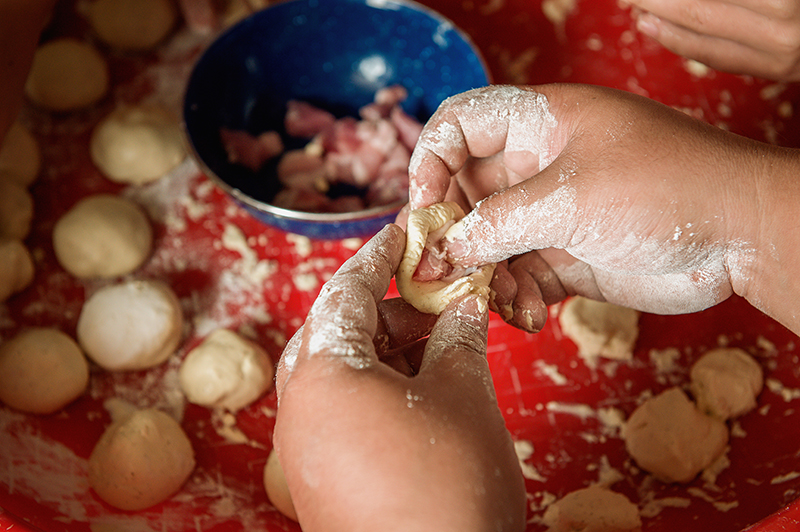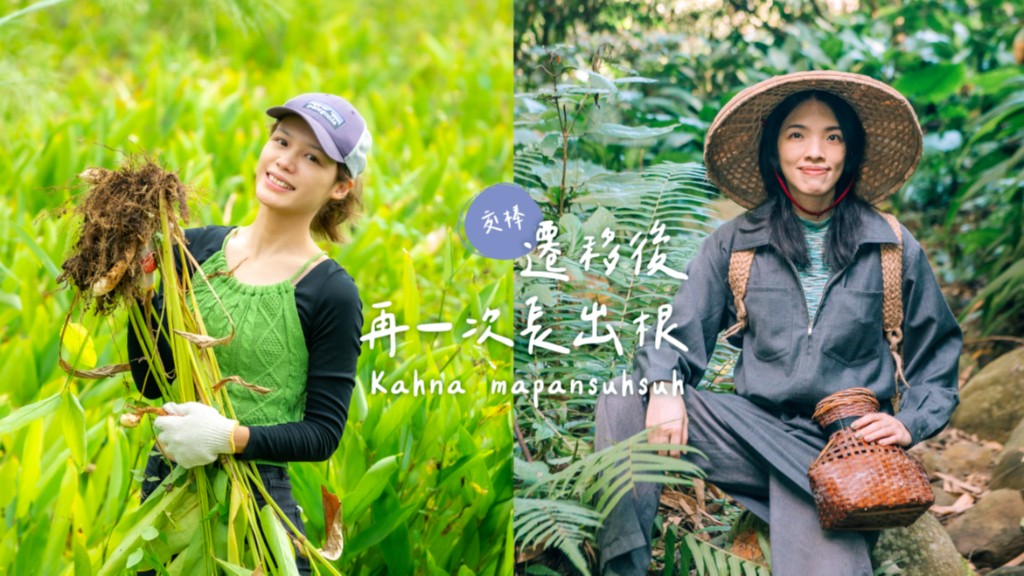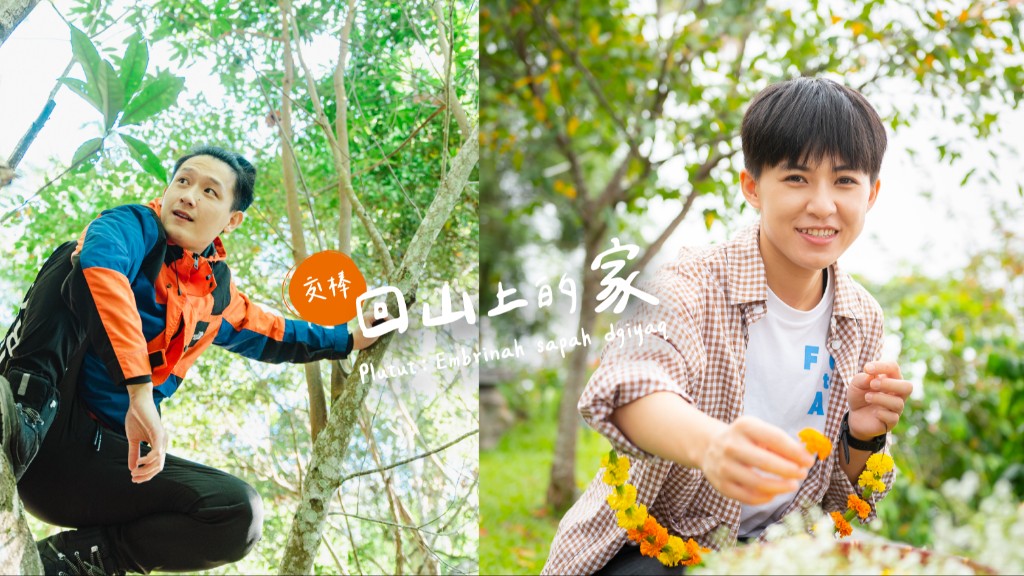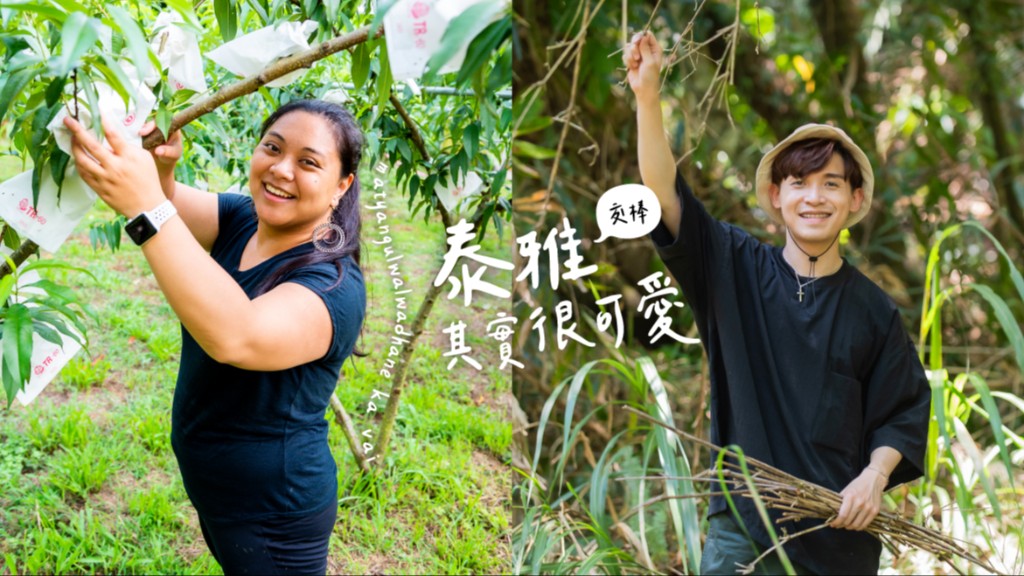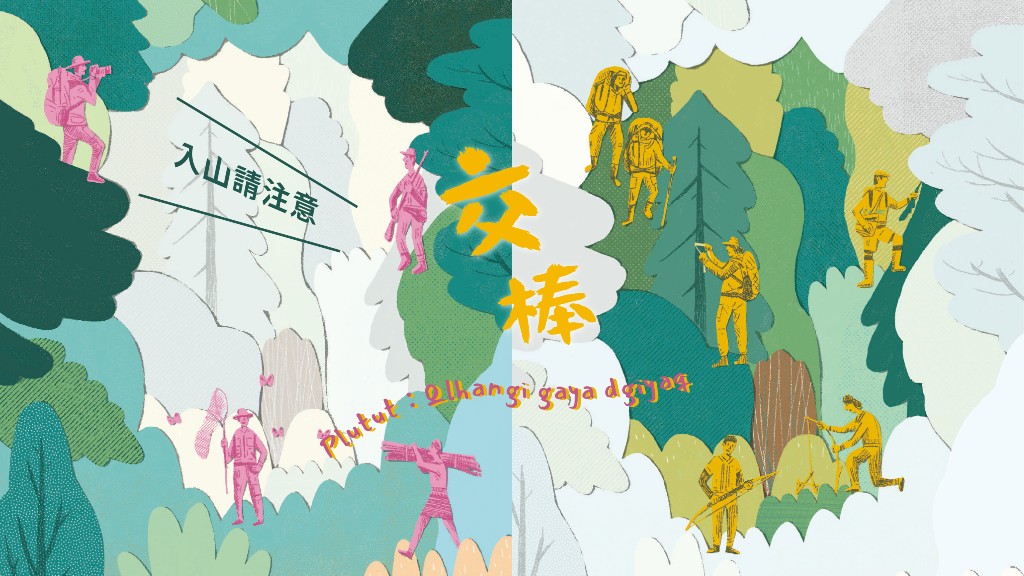The way a people dress is closely related to the geographic environment they live in, their trade relations with other peoples, and their social structure. The original garments of the Paiwan people were tree bark clothes made by pounding the bark of common paper mulberry trees or clothes made with game skins. After developing weaving skills, the Paiwan wove cloth with special patterns on them to indicate different social classes. The accessories they wear also carry different meanings.
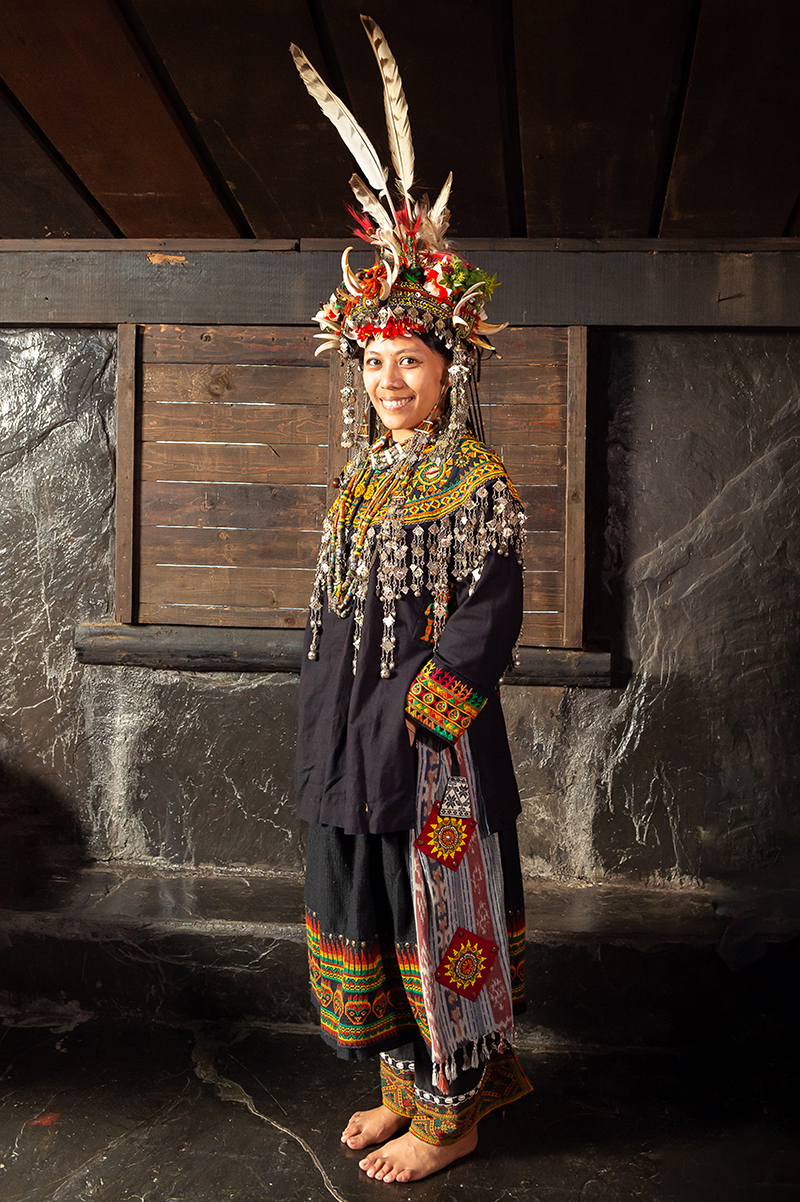
The box patterns on the feather indicate the social status of the wearer:the more boxes, the higher the status.

Only unmarried women wear these jingling metal accessories because married women don’t have to attract that much attention. Although these ornaments are exclusively for young girls, the wearer has to take care not to let the ornaments tinkle to show that they are demure young ladies.

The “forehead flower” is placed on the forehead. Unmarried women wear red cloths and decorate them with lilies that symbolize purity. Married women wear black.
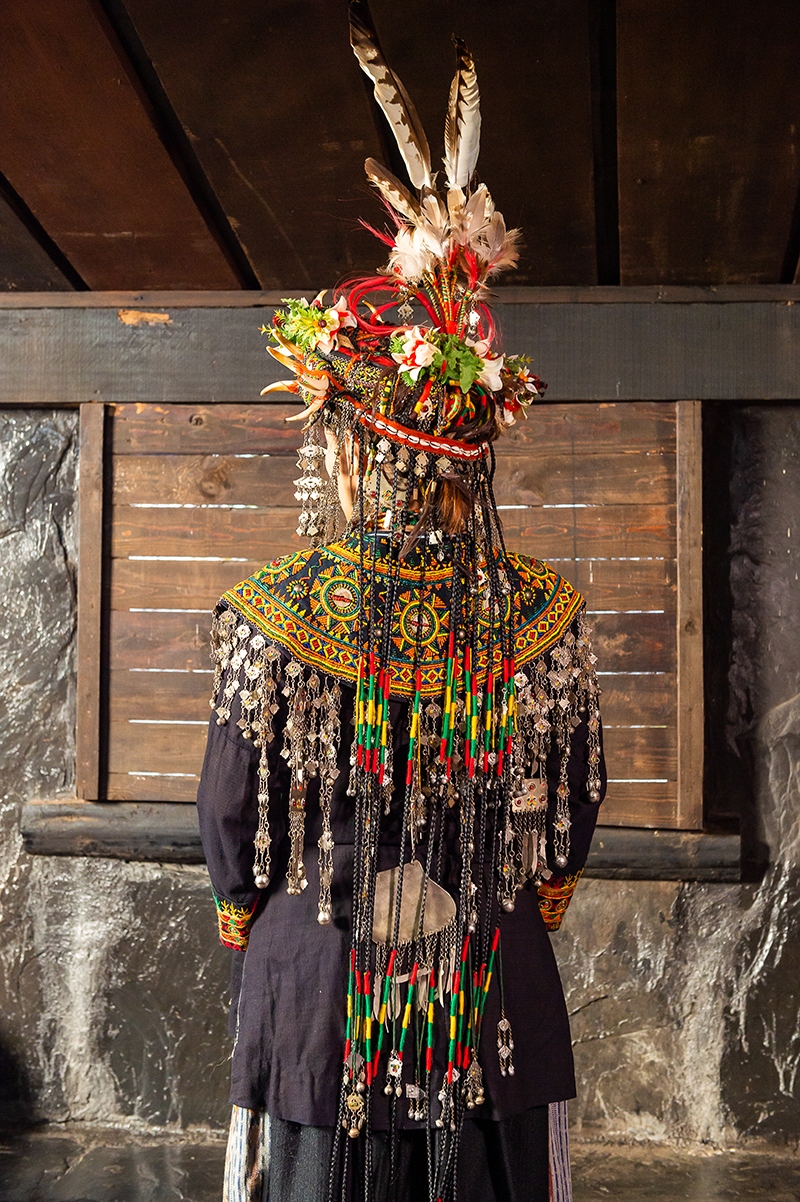

Only the community leader can wear Hodgson’s Hawk-Eagle feathers on their headdress. If you wear feathers that are not allowed for your social class, they could be yanked out by other people! Although Hodgson’s Hawk-Eagle feathers can only be worn by community leaders, during wedding ceremonies, the community leader may lend out the feather to the newlyweds as a blessing. However, the feather must be returned to the community leader the following day.

The Paiwan call these long braids “Talaiku”. They are usually made with the wearer’s own hair and only worn by unmarried young girls. The braids are often dyed dark brown. Some say this practice may be connected to the Netherlanders they beheaded during the Netherland Colonial Rule.

The Paiwan people in the north usually use pointy feathers, while the Paiwan in the south prefer slightly rounded feathers. In addition, men would put feathers in the front of their headdresses and let the patterns face forward. Women wear them on the back of their headdresses.
It is said that the eagles would peck their feathers after they are caught, so the hunters have to pluck the feathers as soon as they catch the bird.
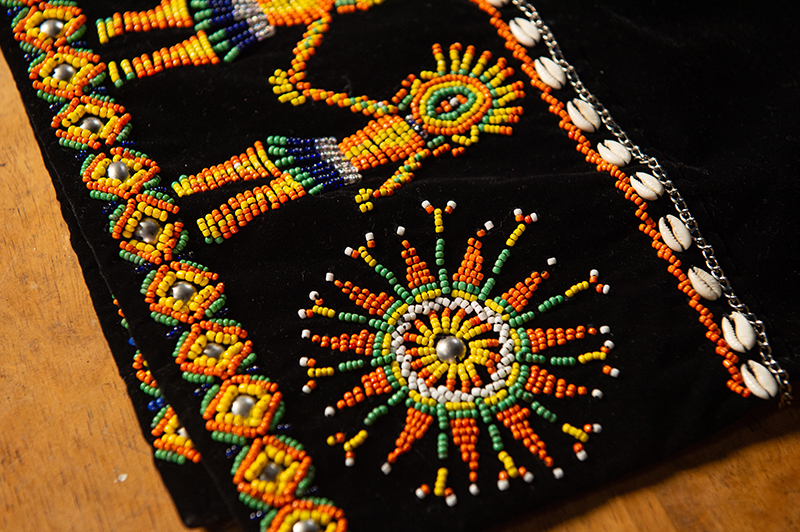

Embroidery stitches used by the Paiwan include cross stitch, bead embroidery, appliqu? embroidery, couching stitch, and chain stitch. Garments with bead embroidery are worn at weddings as they look the most ceremonious.
Not only does each social class have its distinctive patterns, but every family also has its exclusive family pattern. For example, Mani’s grandmother belongs to the common people class and her family pattern is the double-headed snake.
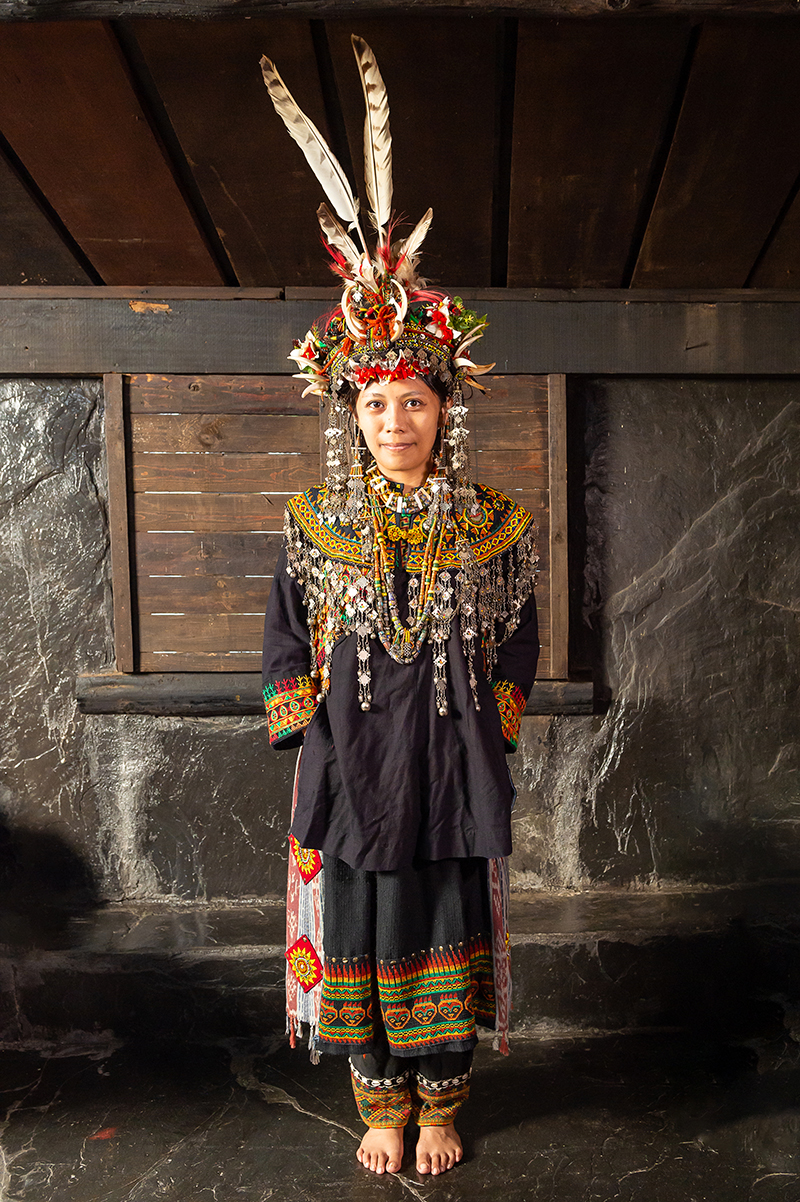

Daily clothes are worn when doing daily chores or working in the fields. The long lower hem can be used to wipe off sweat. If wild berries are found by the road, the hem can be pulled up to carry them home.
The garments of Paiwan women are very extravagant and are all made by their mothers. After the daughter is born, the mother will start to prepare the girl’s garments and accessories.
The headdress in this photo is worn at significant events and ceremonies, and the clothes are daily clothes. Usually, the two will not be worn at the same time. It was worn like this that day just for introduction purposes.

After learning about the garments from head to toe, it’s time to see what goes inside the belly. Time to let Hui-Chu Wang taste the traditional Paiwan dishes - cinavu and qavai - she made herself!
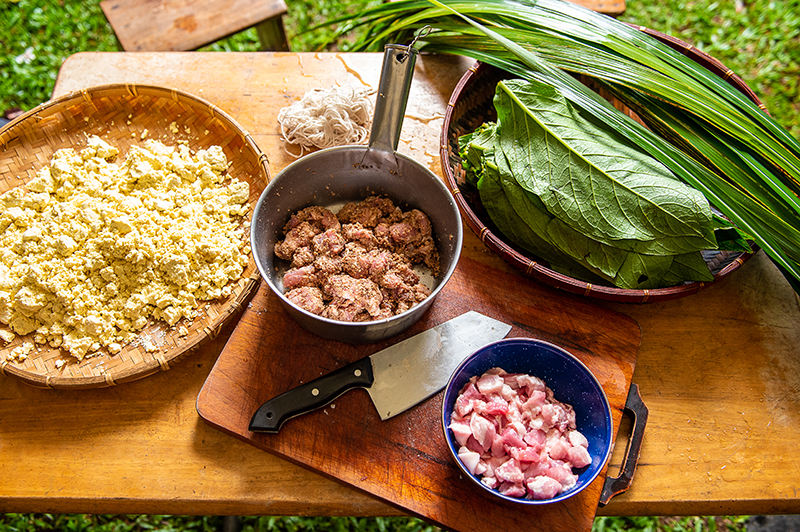

In the Paiwan language, cinavu means “wrapping things in leaves”. Marinated meat is wrapped in khasya trichodesma leaves and tied up with sword grass. Since the cinavu is boiled in water, the marinated meat usually has a strong flavor and is covered with a layer of taro powder for additional mouthfeel. Cinavu is usually eaten when people are out hunting or traveling, or during celebration events such as rituals and weddings.
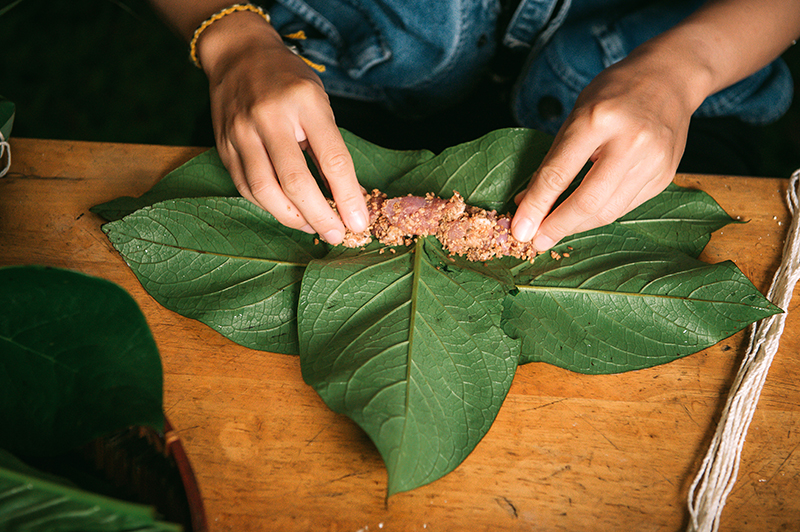
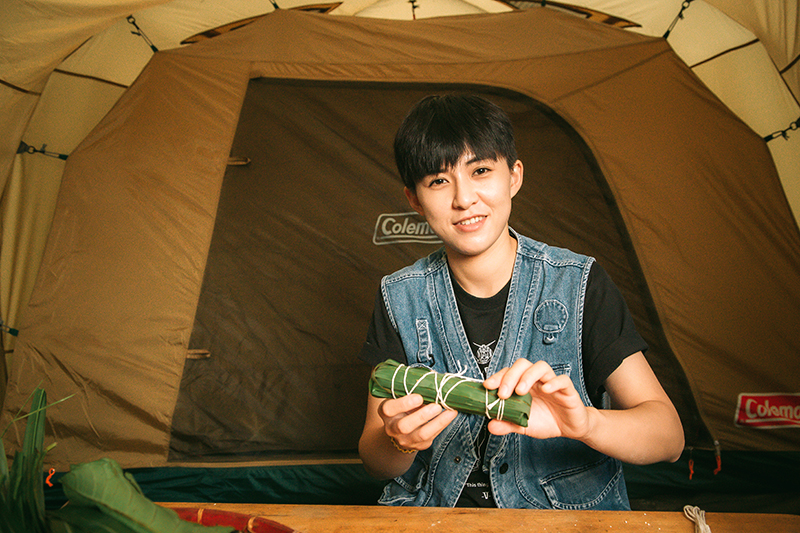

qavai is a ball of sticky, soft food. Marinated meat is wrapped in sticky mushed millet then boiled in water with catjang peas and made into a soup dish. It is similar to the savory tangyuan (rice ball). This is also a dish that only appears at major events such as rituals.
